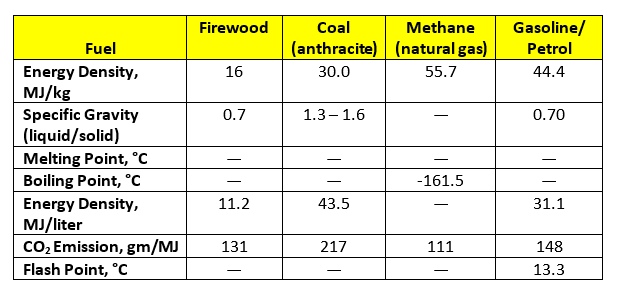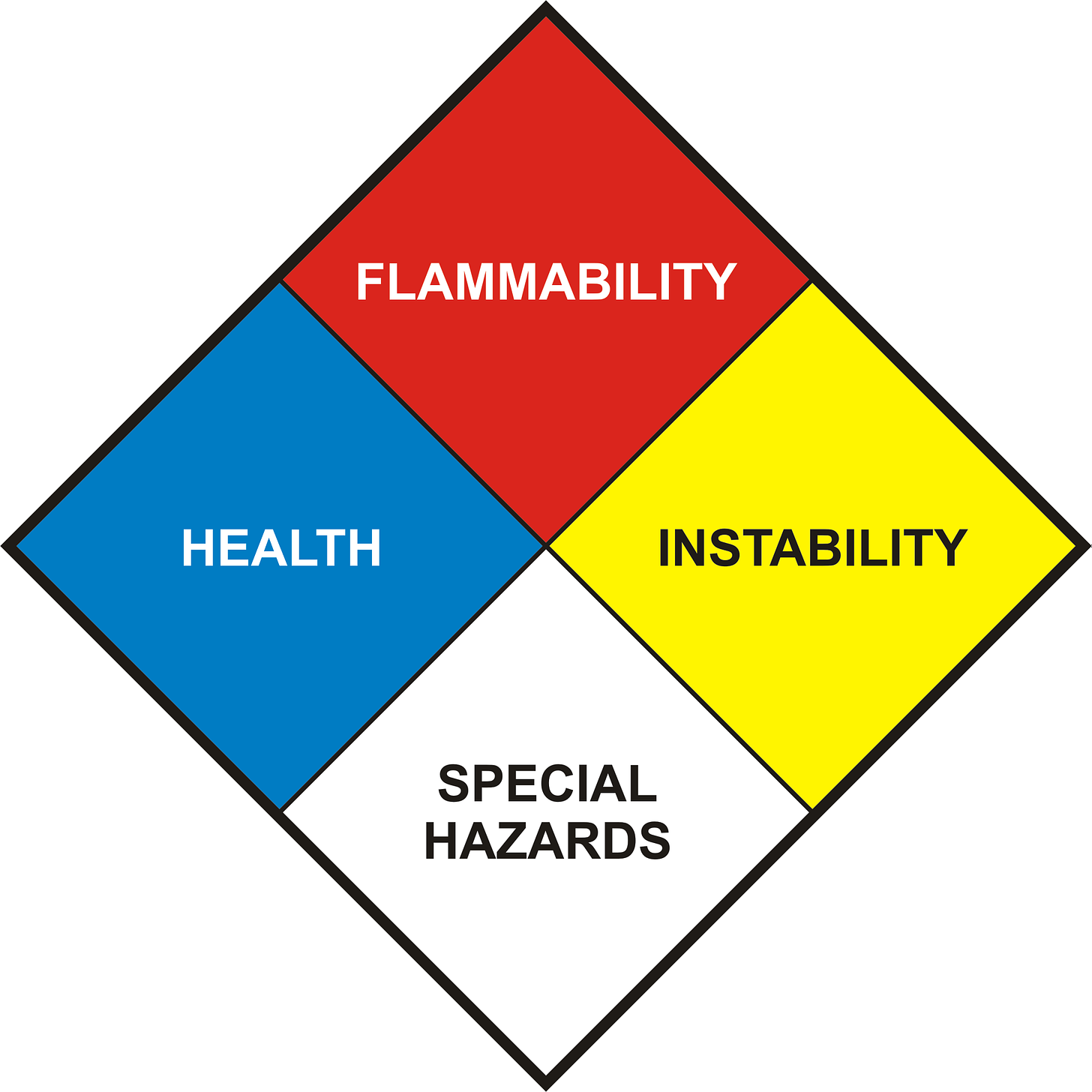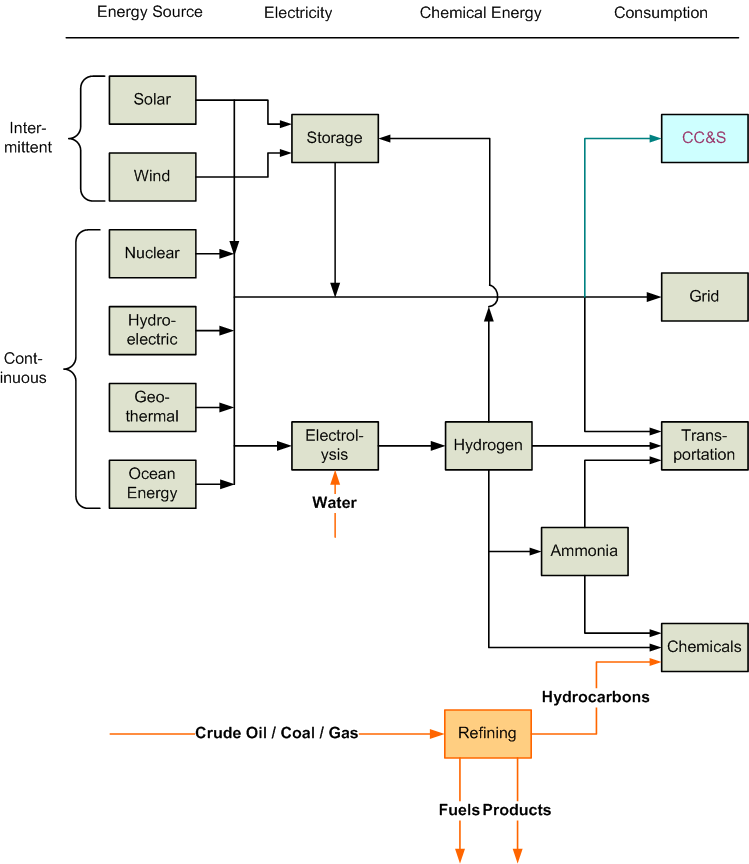An Energy Evaluation System
This blog is based on the post An Energy Evaluation System: Technology for a Changing Climate.

At the heart of any Net Zero program lies the decision as to which alternative energy sources to adopt. We cannot continue to rely on hydrocarbon fuels — coal, natural gas and crude oil — because they generate greenhouse gases, and because they are being irreversibly depleted.
The internet is awash in suggestions as to which alternative fuels we should adopt; some of them are good, others maybe not so much — for a variety of reasons. This post is the first in a series that provides some criteria for evaluating each of these options and of comparing them with one another. The proposed framework consists of the following elements.
-
Properties;
-
HSE (Health, Safety and Environmental);
-
The Energy Grid;
-
Project Phase; and
-
Reality Check.
Subsequent posts will provide more detailed views to do with each of these criteria. Some introductory thoughts to do with each of these categories are provided here.
Properties
The first step in an evaluation is to spell out the basic physical and chemical properties for each energy source. A Table such as this one can be used; it shows the baseline properties of the fossil fuels (including firewood). 
HSE
The acronym HSE stands for the words Health, Safety and Environmental. All alternative fuels contain a large amount of energy within a small volume. If that energy is released in an uncontrolled manner, people can be injured or killed, or their health can be seriously compromised. A slower release of energy or of the fuel itself can create long-term environmental problems.
The three terms can be placed on a spectrum. At one end of the spectrum is safety; at the other end is environmental, with health in the middle. Safety issues such as fires and explosions are virtually instantaneous and affect only those in the immediate location of the event. Environmental concerns affect large numbers of people and can last for years. Health issues are more local and are usually limited in duration.
The Energy Grid
Each energy source can be located on a grid such as the one shown below.
Once more, we will explain the elements of this grid in more detail in future posts.
Project Phases
The status of each of the technologies can be evaluated using a simple phase-gate diagram. Four phases are used: Concept, Demonstrate, Commercialize and Implement, as shown.
Given that the year 2050 will soon be with us, any technology that is not already in Phase II is not likely to make a significant contribution to a company’s Net Zero program.
Reality Check
Based on the above analyses it is possible to develop a ‘Reality Check’ for each of the alternative energy technologies that are put forward as a solution or partial solution to the climate change dilemma. The Reality Check assesses whether or not the technology really can help address climate change, on a world-wide scale, in the short amount of time available.
The following Table shows some of the key features to be considered as part of the reality check. Values for the three key fossil fuels — crude oil, coal and natural gas are included. The letters used have the following meaning:
-
‘Y’ means ‘Yes’ — it meets the relevant criteria effectively.
-
‘P’ means ‘Partial’.
-
‘N’ means ‘No’ — it does not satisfy the requirements of that feature.




